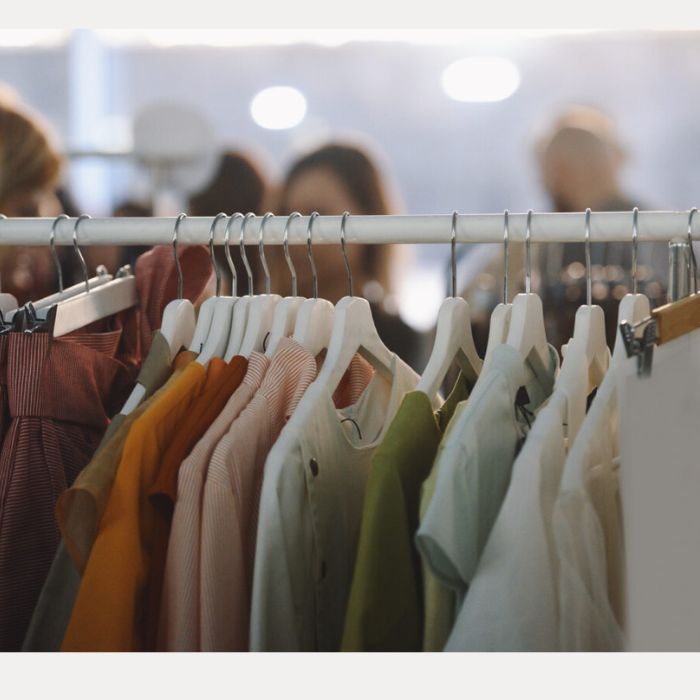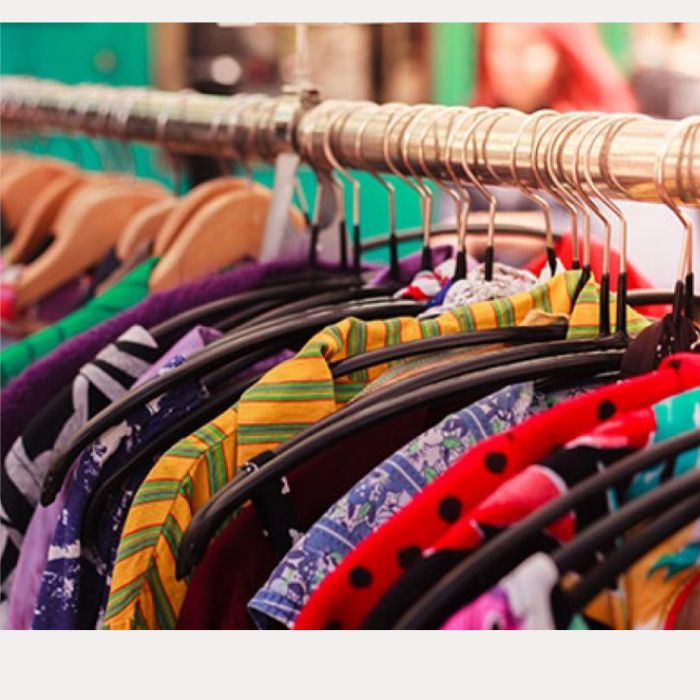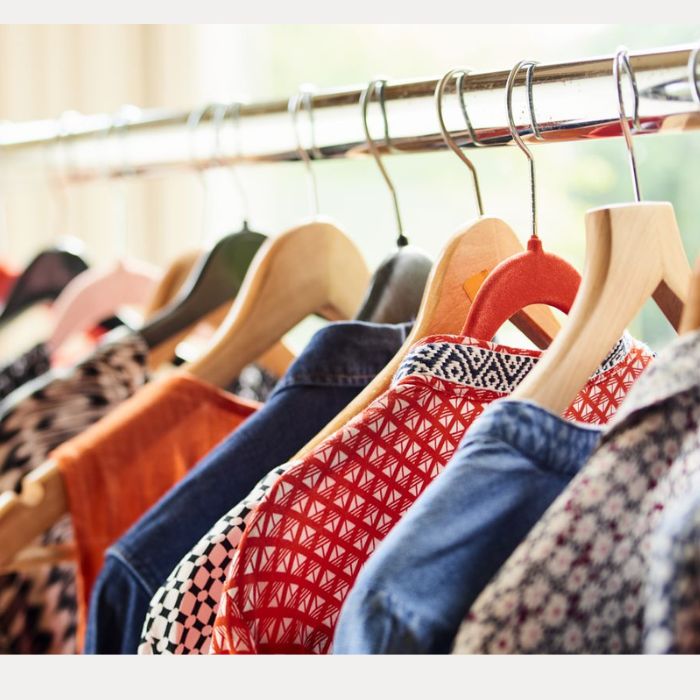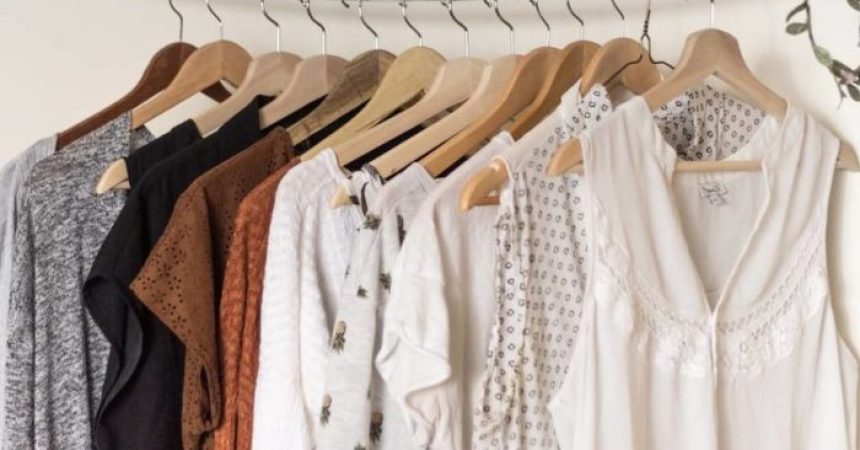German wholesale clothing market plays a significant role in shaping the global fashion industry. This guide will provide you with valuable insights into sourcing German wholesale clothing.
Contents
- 1 1. The pros and cons of buying German wholesale clothing
- 2 2. How to source and buy German wholesale clothing
- 3 3. Tips for successfully navigating the vibrant German wholesale clothing market
- 4 4. Some famous German wholesale clothing brands
- 4.1 4.1. Marc O’Polo is a well-known German wholesale clothing brand with a focus on modern casual wear
- 4.2 4.2. S.Oliver is a popular German wholesale clothing brand that offers versatile and contemporary fashion for men, women, and children
- 4.3 4.3. Tom Tailor is a German wholesale clothing lifestyle brand that combines classic designs with modern influences
1. The pros and cons of buying German wholesale clothing
When considering expanding your retail inventory, it is crucial to weigh the advantages and disadvantages of buying German wholesale clothing.
1.1. The pros of buying German wholesale clothing
German wholesale clothing offers numerous advantages that make it an attractive option for retailers and fashion enthusiasts alike.
- Quality and craftsmanship: German wholesale clothing is known for its high quality and exceptional craftsmanship. German manufacturers often adhere to strict production standards, resulting in well-made garments that are built to last.
- Fashion-forward designs: Germany is recognized for its innovative and avant-garde fashion scene. By purchasing German wholesale clothing, you can access cutting-edge designs and stay ahead of fashion trends.
- The diverse range of brands and styles: Germany is home to a diverse range of fashion brands and designers, offering a wide variety of styles to choose from. Whether you’re seeking classic elegance, minimalist designs, or contemporary streetwear, the German wholesale clothing market caters to various fashion preferences.
- Access to the European market: Germany serves as a gateway to the larger European fashion market. By purchasing German wholesale clothing, you gain access to a wide customer base and can tap into the diverse tastes and preferences of European consumers.
With its commitment to quality, cutting-edge designs, and a diverse range of styles, buying German wholesale clothing opens up a world of fashion possibilities and positions retailers at the forefront of the industry.
See more about:
Exploring the charm of Japan wholesale clothing
Pakistan wholesale clothing the ultimate guide for business
1.2. The cons of buying German wholesale clothing
While there are many benefits to buying German wholesale clothing, it’s important to consider the potential drawbacks and challenges that come with it.
- Higher price point: German wholesale clothing, due to its emphasis on quality and craftsmanship, may come at a higher price point compared to other markets. While the investment may be worth it for certain retailers, it’s important to consider pricing strategies and target market affordability.
- Limited availability of certain styles: While the German wholesale clothing market offers a diverse range of styles, it may not cater to every niche or specific fashion category. Retailers with very niche or specialized fashion requirements may find it more challenging to source specific items.
- Minimum order quantities (MOQs): German wholesale clothing suppliers may impose minimum order quantities, requiring retailers to purchase a certain quantity of items per order. This can be a disadvantage for small or emerging businesses with limited budgets or storage capacities.
- Shipping and import costs: Importing German wholesale clothing may incur additional shipping and import costs, depending on your location. These extra expenses should be factored into the overall pricing and profitability analysis.
Despite the potential hurdles of higher price points, language barriers, limited availability, minimum order quantities, and additional shipping costs, being aware of the cons can help retailers make informed decisions and navigate the German wholesale clothing market more effectively.

The pros and cons of buying German wholesale clothing
2. How to source and buy German wholesale clothing
Sourcing and buying German wholesale clothing can be a rewarding endeavor for retailers looking to expand their inventory with high-quality garments and fashion-forward designs. Here are some steps to help you navigate the process effectively:
- Verify Product Quality and Authenticity: Before finalizing any orders, ensure that the German wholesale clothing you intend to purchase meets your quality standards. Request samples or product catalogs from the suppliers to assess the craftsmanship, fabric quality, and overall design aesthetic. Authenticity is also important, so inquire about the origin of the products and any certifications they may have.
- Evaluate Pricing and Profitability: Carefully evaluate the pricing structure offered by the suppliers. Consider factors such as production costs, shipping fees, import duties, and any additional expenses. Calculate the potential profitability of German wholesale clothing based on your target market and pricing strategy. Compare prices among different suppliers to find the best balance between quality and affordability.
- Negotiate Terms and Conditions: Engage in negotiations with reliable German clothing manufacturers to establish favorable terms and conditions. Discuss aspects such as payment terms, delivery schedules, return policies, and any customization options available. Negotiating can help you secure better pricing, flexible payment arrangements, and favorable terms that align with your business needs.
- Place Orders and Manage Inventory: Once you have finalized the details, place your orders with the chosen suppliers. Ensure that you maintain accurate records of your orders, including product details, quantities, and delivery timelines. Monitor and manage your inventory effectively to ensure a smooth flow of merchandise and minimize any potential stockouts or overstock situations.
- Build Long-Term Relationships: As you establish a successful partnership with your German wholesale clothing suppliers, strive to build long-term relationships based on trust, reliability, and mutual benefits. Maintain open lines of communication, provide feedback on product performance, and express your future sourcing needs. Building strong relationships can lead to exclusive deals, early access to new collections, and a more efficient ordering process.
- Stay Updated on Fashion Trends: To maximize the potential of German wholesale clothing, stay updated on the latest fashion trends and consumer preferences. Attend trade shows, follow fashion publications and influencers, and keep an eye on the German fashion scene. By staying in tune with trends, you can curate a dynamic and sought-after inventory that appeals to your target market.
Sourcing and buying German wholesale clothing requires thorough research, effective communication, and careful evaluation. By following these steps and maintaining a strategic approach, you can successfully access high-quality garments and enrich your retail business with the allure of German fashion.

How to source and buy German wholesale clothing
Navigating the vibrant German wholesale clothing market can be an exciting and rewarding experience for retailers. To help you succeed in this competitive industry, here are some valuable tips:
- Cultivate Relationships with Suppliers: Building strong relationships with German wholesale clothing suppliers is key to your success. Maintain open lines of communication, express your business needs and goals, and provide feedback on product quality and customer demand. Cultivating relationships with suppliers can lead to preferential treatment, better pricing, and access to exclusive collections.
- Seek Authenticity and Quality: German wholesale clothing is known for its quality and craftsmanship. Prioritize suppliers that offer authentic and high-quality garments. Request samples or visit suppliers in person to assess the quality of materials, stitching, and overall workmanship. Delivering exceptional products to your customers will build trust and loyalty.
- Understand Minimum Order Quantities (MOQs): German wholesale clothing suppliers often have minimum order requirements. Understand and negotiate MOQs that align with your business needs and budget. If you’re a small retailer, consider collaborating with other businesses to meet MOQs and benefit from bulk pricing.
- Efficient Logistics and Shipping: Ensure you have a streamlined logistics process in place. Research reliable shipping companies that specialize in international shipping and have experience with importing clothing. Factor in shipping costs, delivery times, and any potential customs or import duties when calculating the overall costs of sourcing German wholesale clothing.
- Stay Competitive with Pricing: Price your German wholesale clothing competitively while maintaining profitability. Consider factors such as production costs, shipping fees, import duties, and your target market’s price sensitivity. Regularly review and adjust your pricing strategy based on market trends and customer demand.
- Embrace Marketing and Branding: Develop a strong marketing and branding strategy to promote your German wholesale clothing offerings. Showcase the unique aspects of German fashion, highlight the quality and craftsmanship of the garments, and leverage social media platforms to reach a wider audience. Create a compelling brand story that resonates with your customers and sets you apart from competitors.
By incorporating these tips into your business approach, you can navigate the vibrant German wholesale clothing market with confidence and position your retail business for success. Embrace the opportunity to offer customers the allure of German fashion and elevate your brand’s presence in the industry.

Tips for successfully navigating the vibrant German wholesale clothing market
4. Some famous German wholesale clothing brands
Germany is home to several famous wholesale clothing brands known for their quality, innovative designs, and global recognition. Here are a few notable German wholesale clothing brands:
4.1. Marc O’Polo is a well-known German wholesale clothing brand with a focus on modern casual wear
Marc O’Polo is a well-known fashion brand that originated in Stockholm, Sweden, but is currently headquartered in Germany. Founded in 1967 by Rolf Lind and Göte Huss, Marc O’Polo has established itself as a prominent player in the contemporary casual wear segment.
The German wholesale clothing brand’s design philosophy revolves around modernity, authenticity, and simplicity. Marc O’Polo offers a wide range of clothing and accessories for men, women, and children, including apparel, footwear, bags, and accessories. The brand is known for its clean lines, minimalist aesthetics, and a focus on high-quality materials.
4.2. S.Oliver is a popular German wholesale clothing brand that offers versatile and contemporary fashion for men, women, and children
S.Oliver is a popular German fashion brand that has gained recognition for its versatile and contemporary clothing. Founded in 1969 by Bernd Freier, S.Oliver has grown into a well-established brand with a strong presence in the global fashion market.
This clothing manufacturer Europe offers a wide range of clothing for men, women, and children, including apparel, accessories, and footwear. S.Oliver designs are characterized by their casual and relaxed style, making them suitable for everyday wear. The brand focuses on creating fashion essentials that combine comfort, quality, and affordability.
4.3. Tom Tailor is a German wholesale clothing lifestyle brand that combines classic designs with modern influences
Tom Tailor is a renowned German lifestyle brand that specializes in casual clothing for men, women, and children. Established in 1962, the brand has become synonymous with relaxed and stylish fashion that caters to a wide range of consumers.
This German wholesale clothing brand offers a diverse range of clothing options, including apparel, footwear, accessories, and denim. The brand is known for its emphasis on comfort, quality, and affordability, making it a popular choice for individuals seeking everyday wear with a fashionable edge.
